…or do artists make their tools?
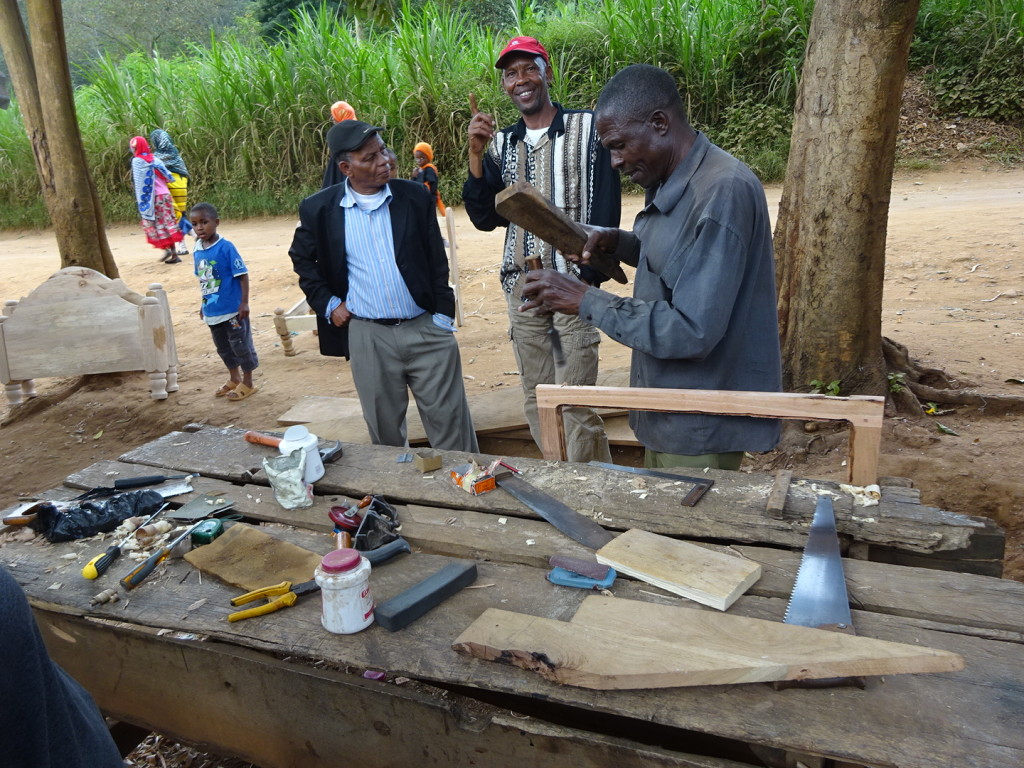
Cutting the hinge spots for a door frame in Tanzania – all you need is a piece of wood and something to use for a chisel.
As we travelled, it was such an inspiration to meet so many incredible artists and craftsmen around the world. From World Heritage Sites to tiny Ecuadorian villages, mountain towns in Tanzania to laid-back hamlets in Peru, artists around the world have opened their homes and studios to give us a little taste of their artistic passions. Man, it’s been fun!!!
One thing I always take note of is the tools the different artists use. Back here in the US, we have the advantage that if we want a tool, there is almost always a catalog we can order from or a store we can stop into. Just “throw a little money at it” and we’re ready to create! During my early jewelry career one of my teachers, an older hand-engraver named Vladimir, told me that an artist can’t make good jewelry unless his tools were also good. In my mind, that meant they needed to be the newest and prettiest! Now, though, I’m coming to realize that what it really means is that your tools need to be perfect for the job at hand. Not necessarily pretty per se, though that’s always nice (if you get a chance, check out the woodworking tools made by a company called Bridge City Tools – useful and gorgeous), but with a beauty that comes from performing a function perfectly.
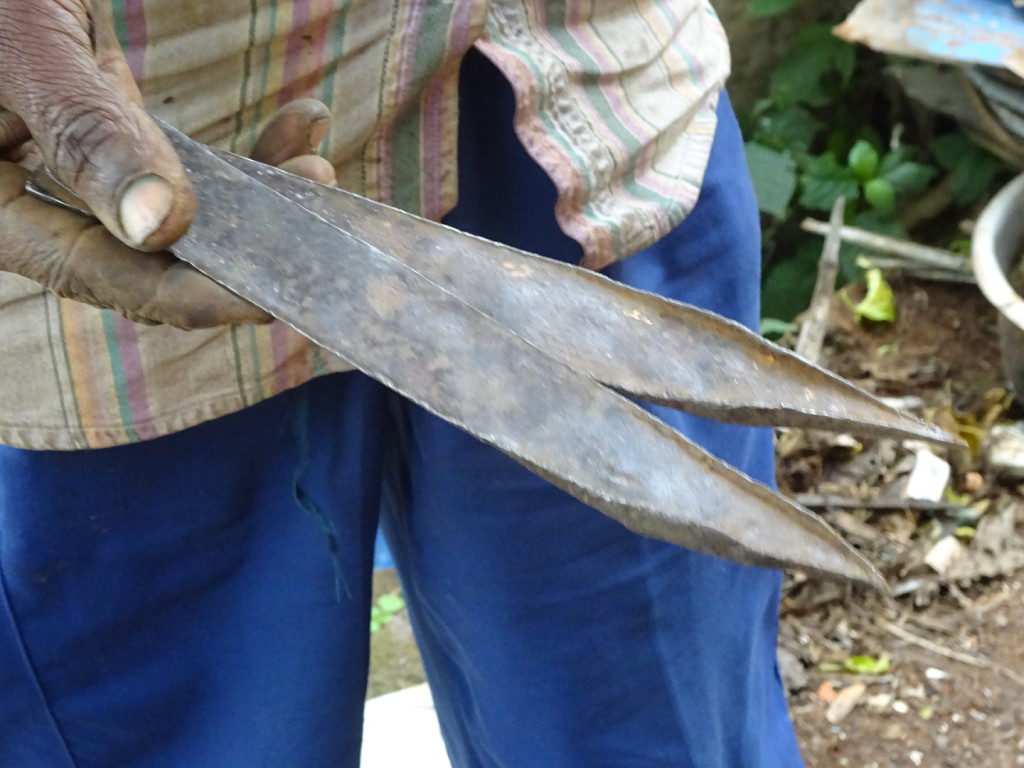
Dividers made from two pieces of recycled metal with hand-rolled edges (by hammering against an old section of railroad tie).
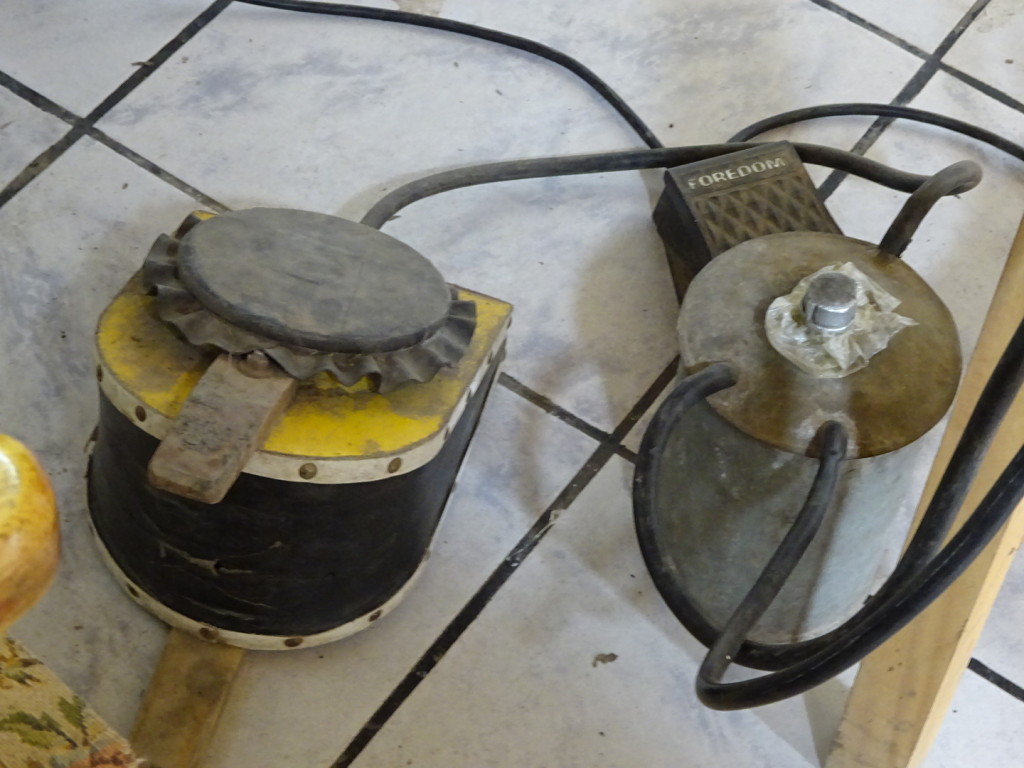
I don’t think we’ll EVER be seeing a jewelry torch run on automobile gas with a foot bellows here in the US, but it works. It just works.
On a side note, Vladimir also taught me my favorite adage about jewelry (and art in general). He said that the mark of a true craftsman is that they will make the back of a piece just as beautiful and finished as the front. That they’ll care about every side of a piece, not just the part most often viewed. That’s stuck with me…probably because it appeals so much to my perfectionist nature!
I have also come to realize that there’s a difference between art for art’s sake and more utilitarian items that we (I?) see as beautiful. We instinctively know that the reason a painting exists is to be viewed and enjoyed, whether “enjoyed” really means made you smile, made you think, brought you to tears or even just said “eh, not my thing”. A ladle, though, or a basket, those can be something else entirely. Yes, they could have been created for that exact some art-only reason, but throughout most of our travels, I’ve found many pieces that I found “beautiful” which were actually created to BE ladles or baskets. Interestingly, those pieces, those meant to be used rather than just viewed, range from very rustic to finished almost to the level of machine work. I’m not sure if it’s because I’m viewing them from my first-world-culture experience, but I enjoy the more rustic pieces more. The hand that made them is so much more evident. Perhaps that’s what appeals to me? And I wonder if I would like them as much if I saw them back here at home where everything is so “perfect” and machine-made…
Hmm. This post has gone rather far afield from where I originally planned, so let me get back to that – tools! We have seen some artists using pretty modern tools, ones that often surprised me to find in their settings, but more often they are making do with what’s on hand…and being endlessly inventive about it. The works they create with them have incredible sophistication and power. They usually aren’t “perfect”, but I’ve begun to understand that there’s a beauty in that as well. Sometimes we just need to let go of what we think of as perfect to create something that turns out to be just perfect in it’s own way!

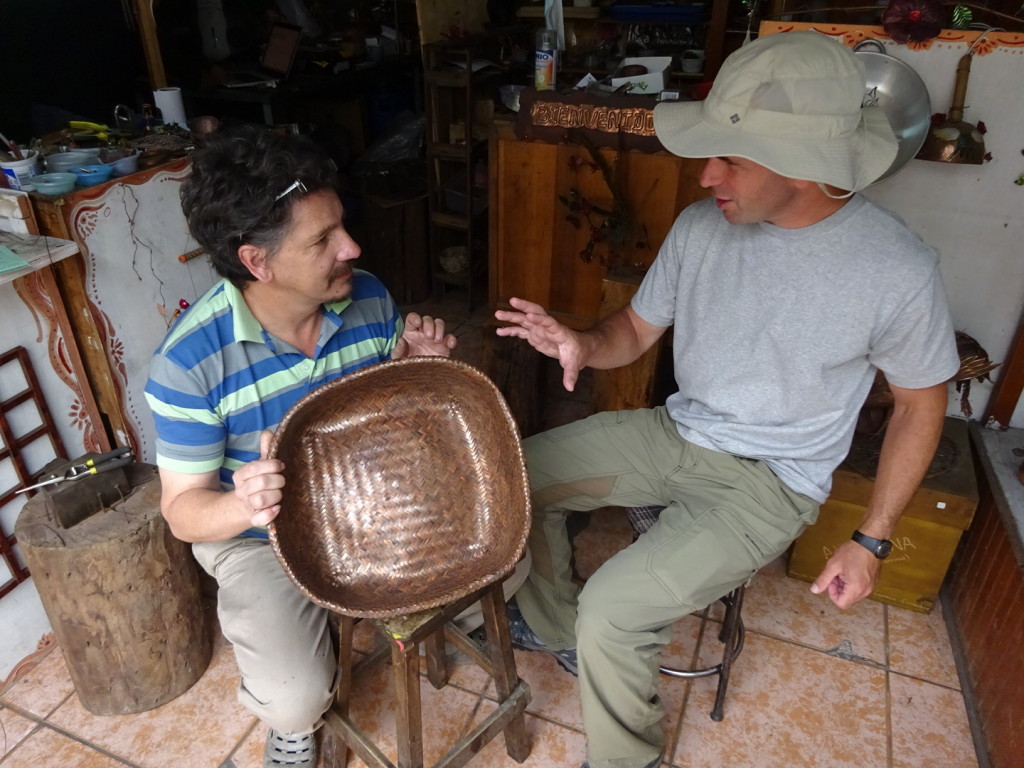
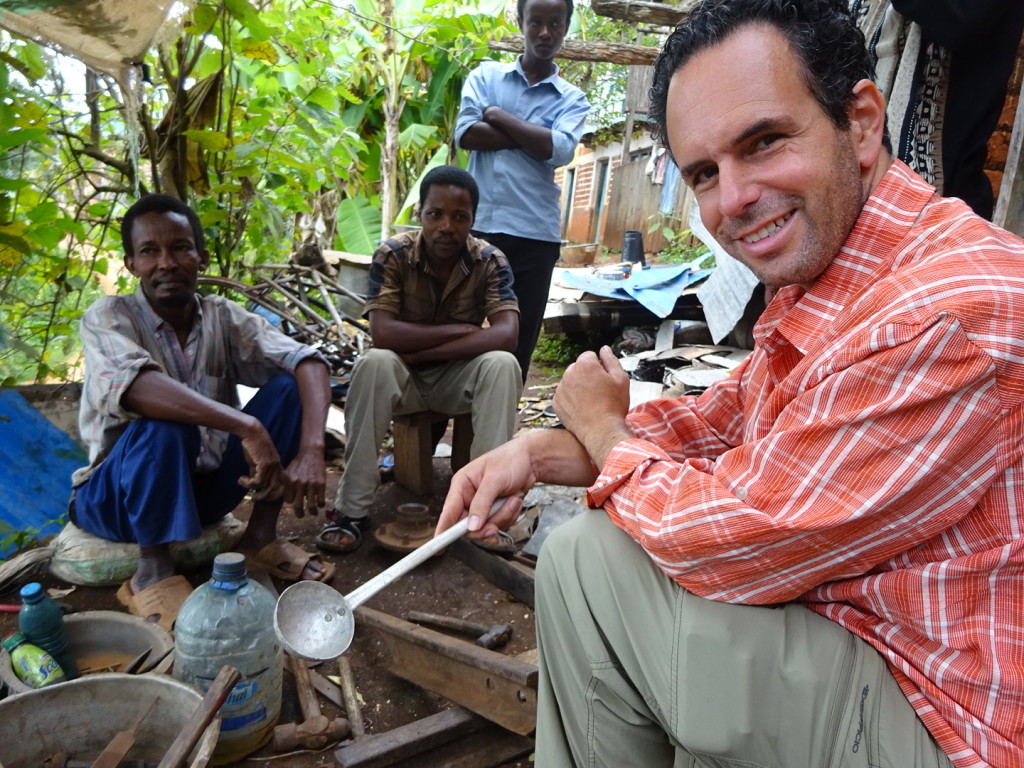

What a great opportunity this adventure provided!
I can’t agree more! Really looking forward to getting the studio back in action and seeing where my art goes next…
You may have wandered, but it was still an interesting piece. While I didn’t get the full range of tool viewing you did, the ones I saw in person or through NMR shows me that making tools is as creative a process as the making of the object the tool is used to make.
I couldn’t agree more! The artists sure looked at me funny when I said I wanted to take photos of their tools, though. Being outside their process let me see things from a whole different angle of artistry.